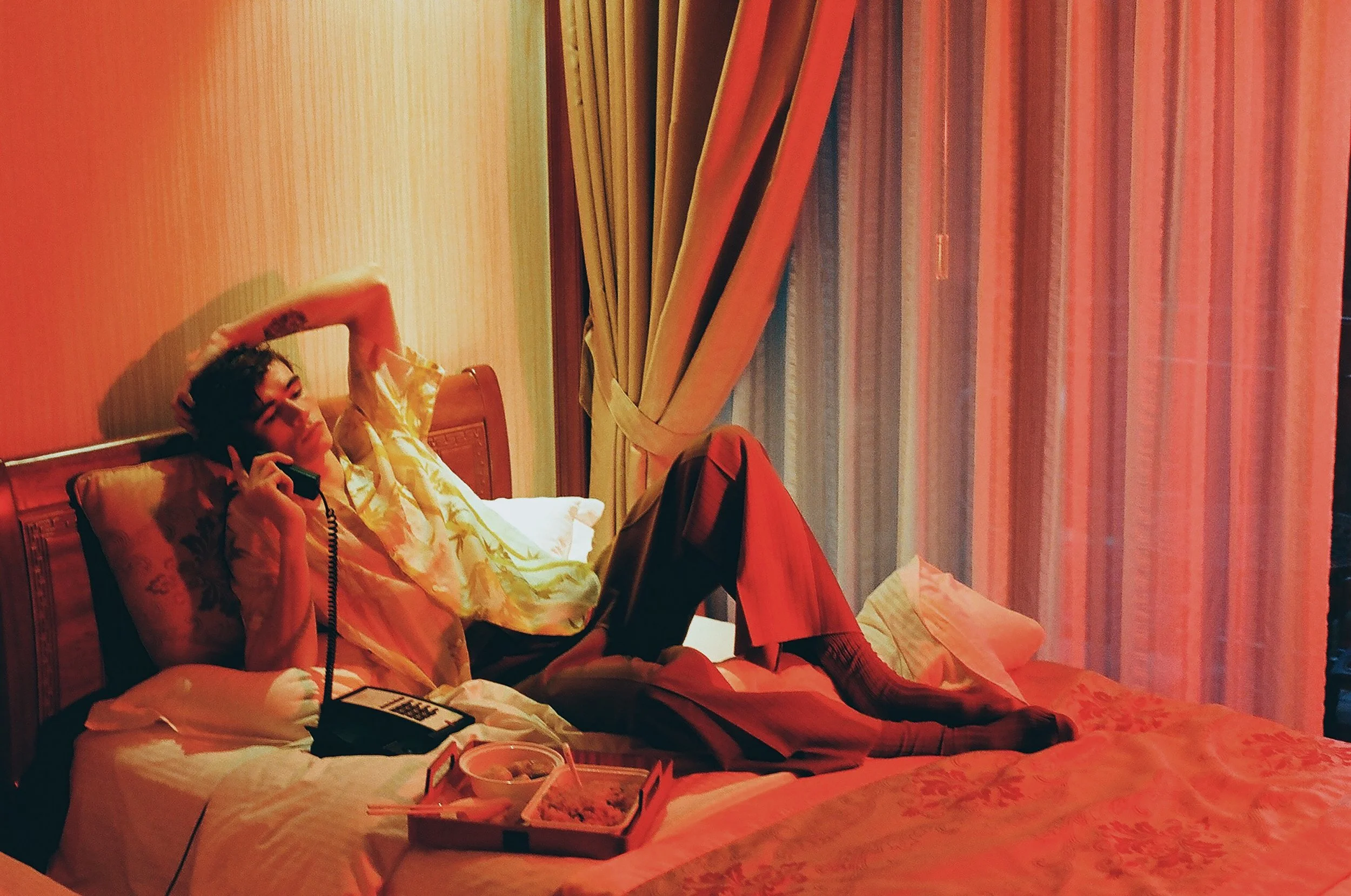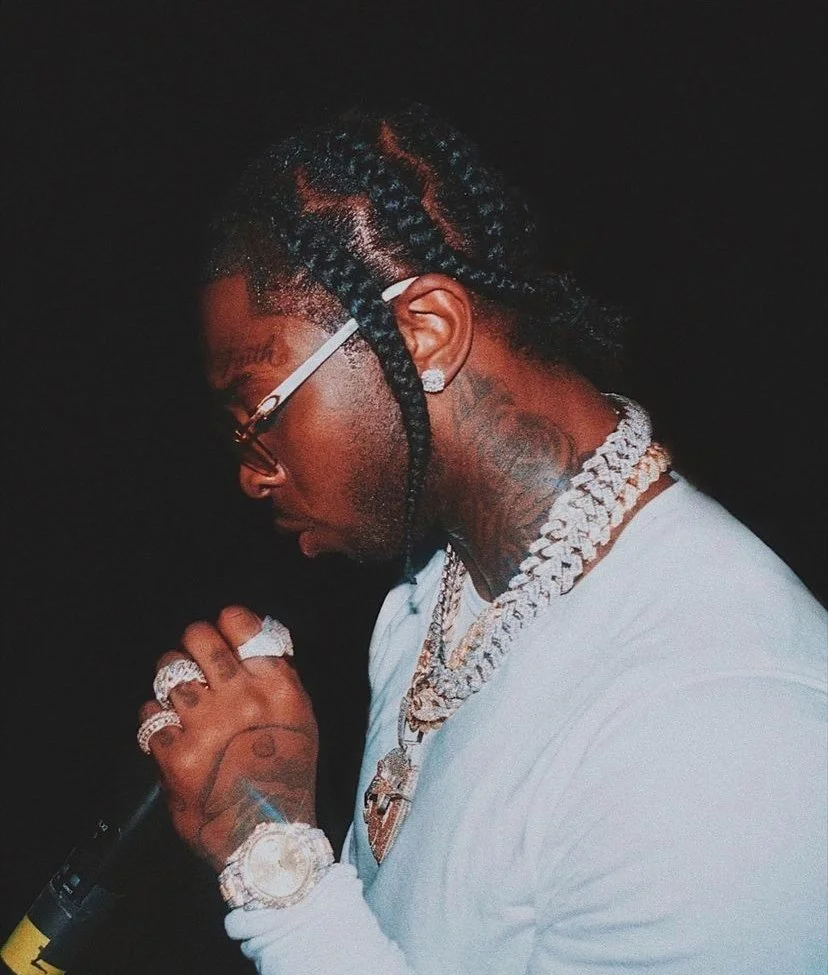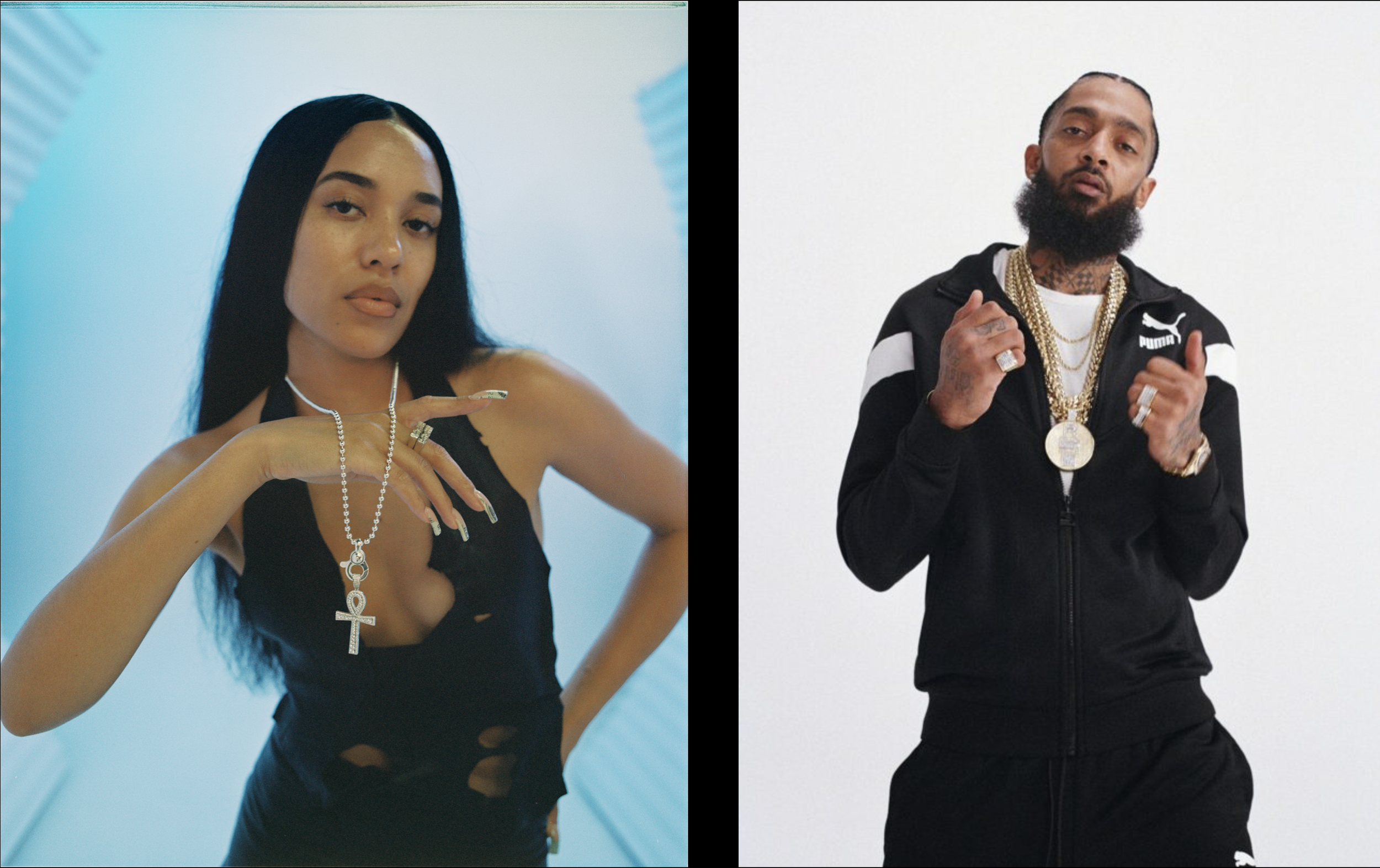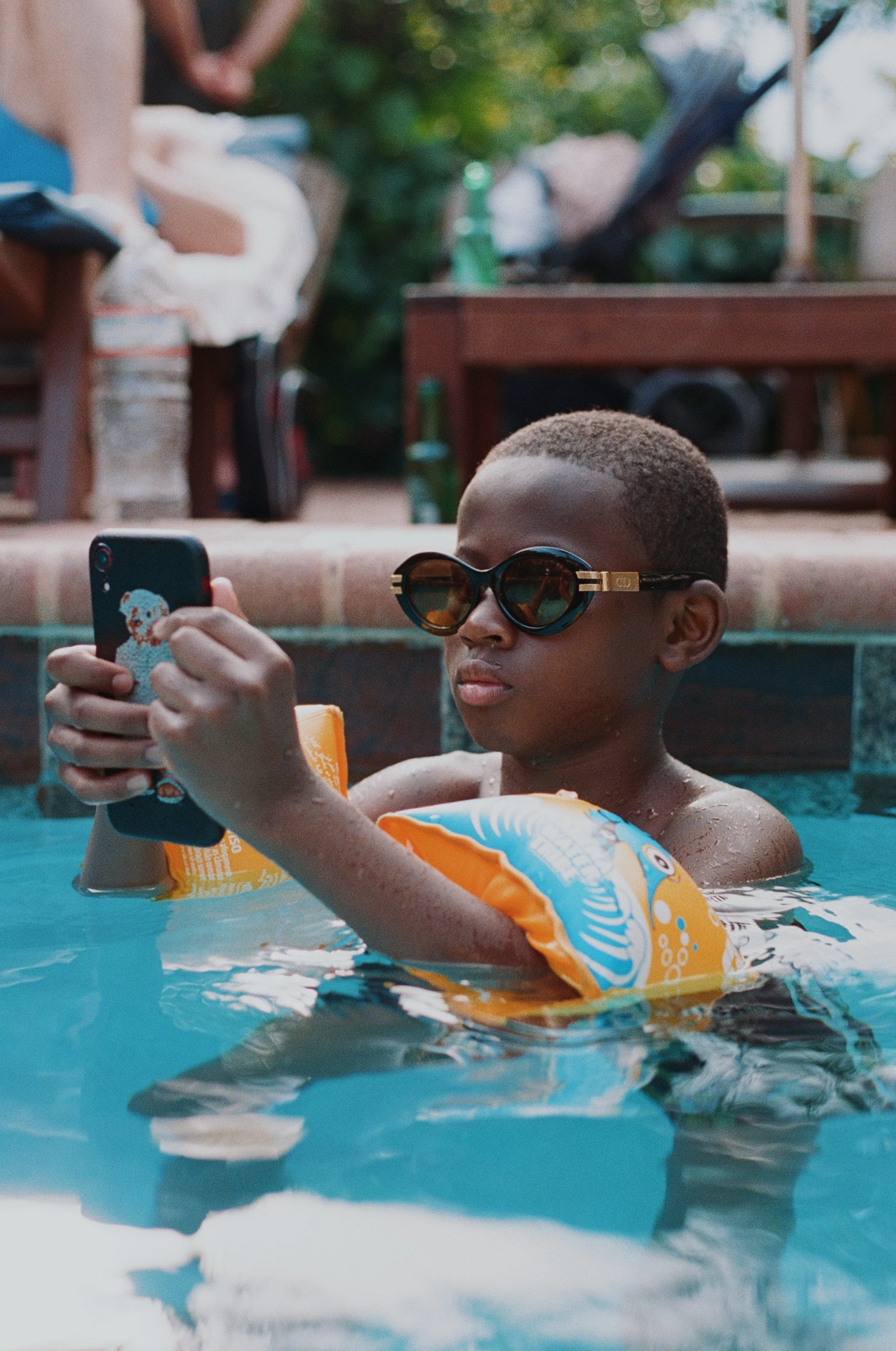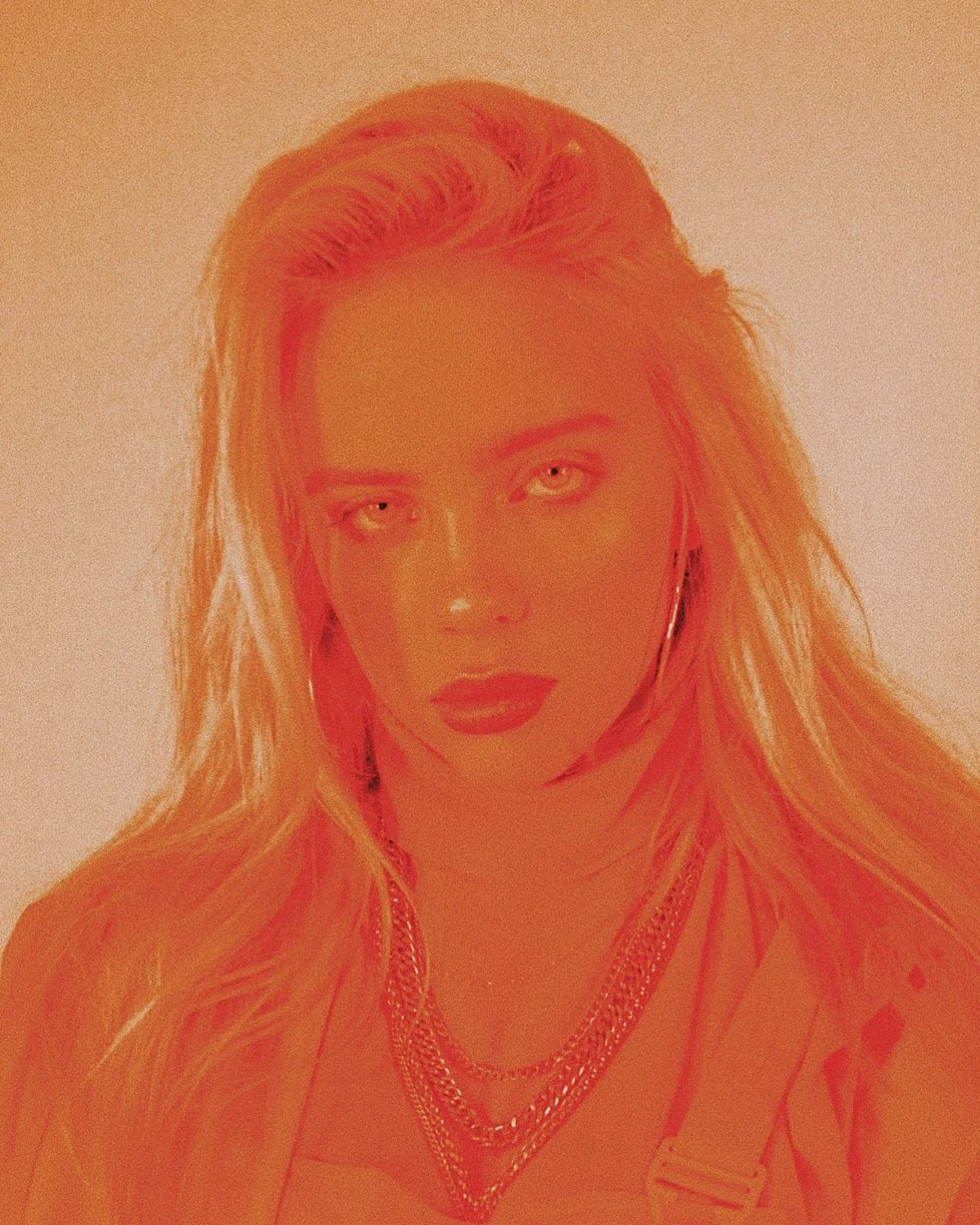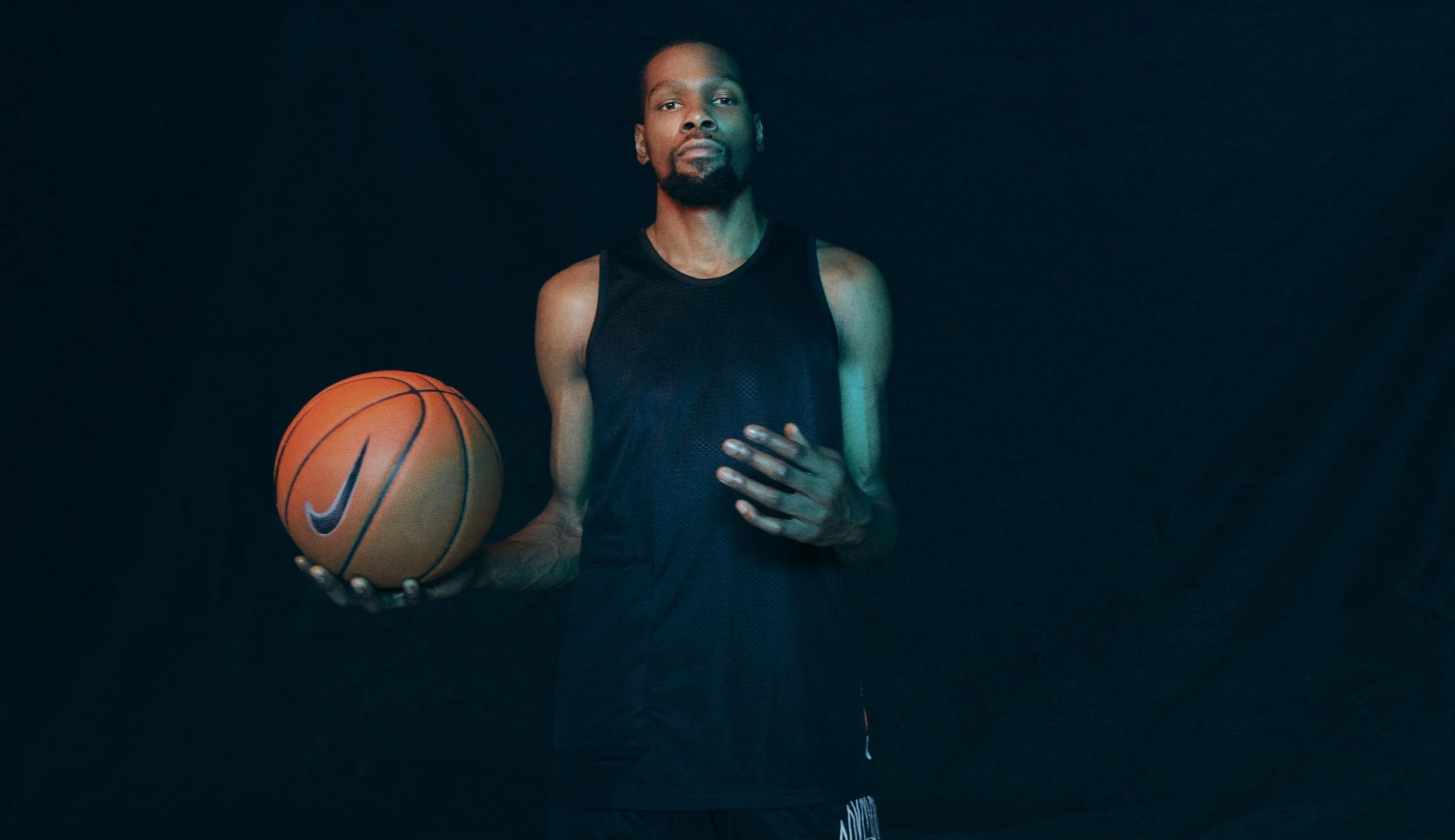Hannah Sider
Episode 02

Hannah Sider is a photographer and director from Toronto, Canada living in Brooklyn, New York. She is an internet original and has spent over a decade documenting music and fashion culture. She has collaborated with many of the world’s leading lifestyle brands and has published several books of her work.
TS
How did you get your start as a photographer?
HS
I didn't really know what I wanted to do when I was in school. I was taking photos as a hobby when I started university, but I was studying fashion communications.
It wasn't until my second or third year when people started offering me money to shoot for them. I was working with small fashion brands and new designers. That was an exciting moment for me where I realized I could potentially make this my career…which was followed by a kind of disappointment.
Living in Toronto at the time, there wasn’t a lot of money or opportunities in the fashion industry. There was also a lot I wanted to learn and I didn’t really have any mentors. I felt like it was going to be hard to continue in Toronto and I had my eyes on New York, mostly because I was very inspired by the art that I was seeing come from there.
TS
What influence has New York had on your work?
HS
I don’t think there are many other places that have the ability to give back so exponentially to creatives. New York is a city that values its culture and self-expression.
The city and the people have had a huge influence on my photography and really helped me find my voice. There is a strength in numbers and influence that comes from the connective fabric of this creative community.
When so many creatives are connected, it gives them an opportunity to talk about things and change the way they are done. We are getting more confident, and our voice is getting louder.
TS
How were you able to make a name for yourself in this city?
HS
Before I was making a living as a photographer, I was constantly doing personal projects whenever I could. I would spend my own money to produce shoots and travel to places I could get amazing photos. Every chance I got, I would put myself in situations where I could facilitate bigger opportunities, with bigger names and bigger brands.
I used social media platforms like Tumblr and Instagram to post my work and as a tool to connect with other creators. I was just trying to be seen and heard. I wanted to make an impression that would allow people to find me. And in that way, I naturally established myself with a foundation of clients.
TS
How is your industry changing?
HS
There is a generational shift happening where young people are realizing that they can do and be anything in ways that weren't even possible for their parents. It has allowed the next generation of creative leaders to break the mold and hand over the keys to young, talented creatives that would have otherwise been overlooked by the system.
TS
And what about fashion?
HS
There has been a huge shift in the power dynamics of the fashion industry. Before, there was a hierarchy that you couldn’t just break into. Now everything is backwards. Kids who started brands on Instagram are showing a couple years later at fashion week. We need them more than they need us.
The industry has tried so hard for so long to be exclusive and maybe they have gotten out of touch with a lot of this generation. They didn’t plan for how popular streetwear has become. They lost control and have had to react to where the culture is going.
TS
What is the most valuable thing you've learned in your career?
HS
To take more time for my own work and not say yes to everything. Be more selective. I approach my creative work with more of a calmness than I did before. It allows me to be more thoughtful and deliberate with everything that I'm doing.
TS
Do you have any advice for young creatives?
HS
Hard work pays off. There are no shortcuts. You can’t sit back and let things happen to you. You need to always be working on your own creative projects and developing your own unique approach.
Once I built up a strong perspective for my work, that’s when I really tapped into something and felt a shift. Clients began hiring me for my point of view. You need to set yourself apart and continue to evolve.
TS
Can you tell us about a passion project you are working on now?
HS
I’ve been working with my friend, Robbie Stuart, who started the brand Kids Worldwide. They have worked closely with The River Fund New York in developing meaningful and engaging workshops for kids, as part of their community programs.
At the end of each workshop, the students reflect on their learning experience through making art. For many of the kids, this art program opened their eyes and introduced them to people in creative worlds and made them realize, “I can do this”.
